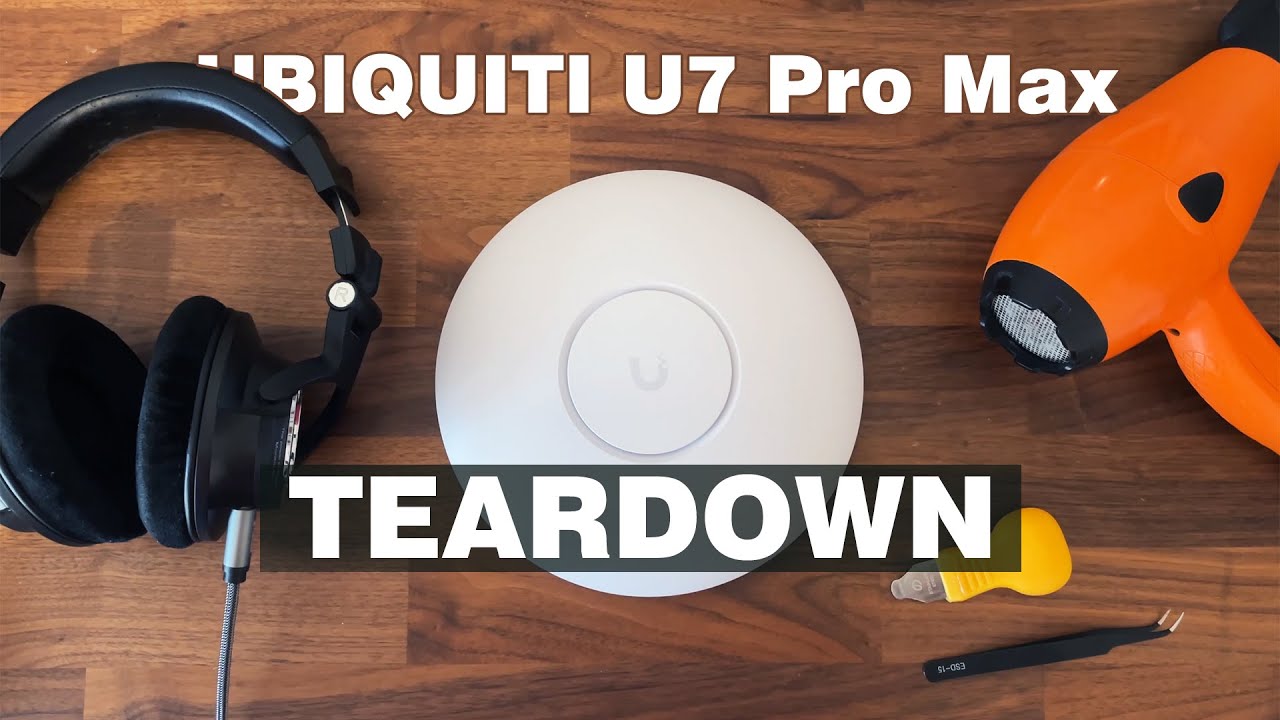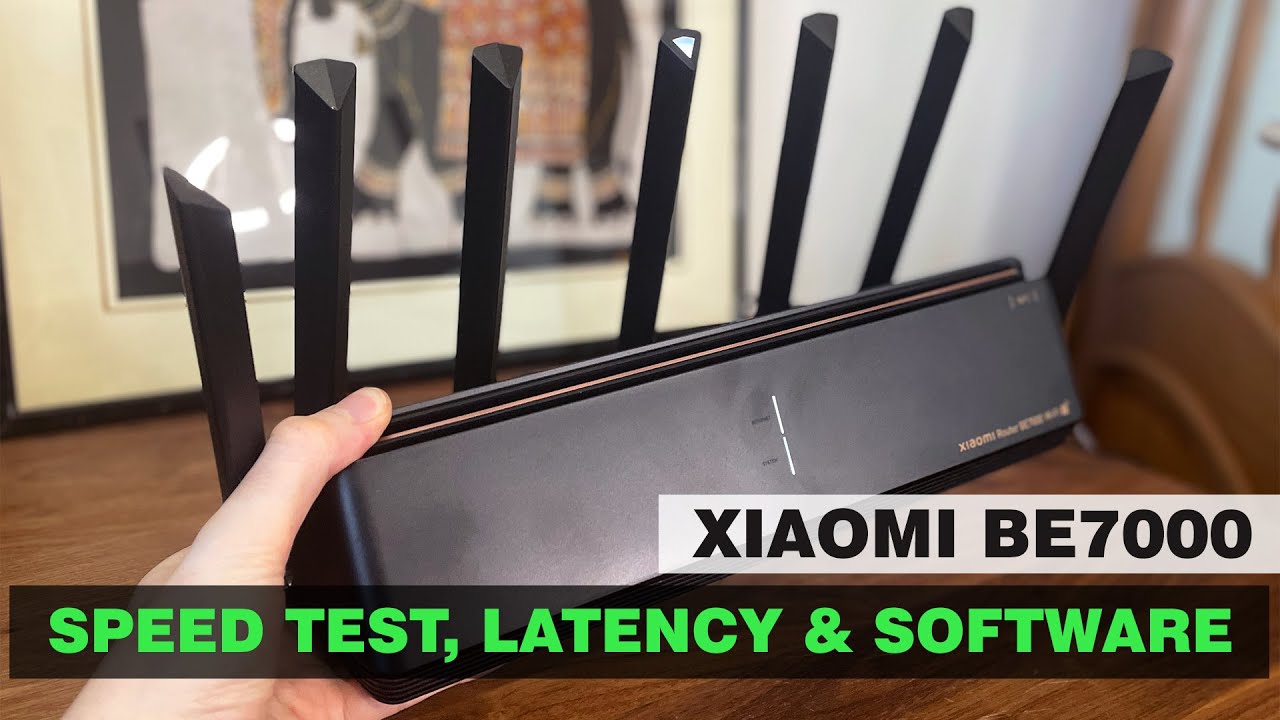- 10 Posts
- 27 Comments

 3·5 months ago
3·5 months agoI don’t know about evil, but it’s curious to see that the OS that Xiaomi uses is a modified version of OpenWRT, so the support could have been there. I mean it could still be an option in the future.

 2·5 months ago
2·5 months agoNo, it cannot.

 2·6 months ago
2·6 months agoI had some very bad experience with their software over the years and I admit I haven’t tested their new line yet. Has it gotten better?

 22·8 months ago
22·8 months agoAlright, alright. I will not be posting any wireless router reviews on Technology anymore…

 2·9 months ago
2·9 months agoI used an Intel pc. I did try on AMD, but the WiFi adapter doesn’t get detected.

 2·9 months ago
2·9 months agoI know about his video. He got a better performance with a Qualcomm-based WiFi adapter. Until MSI has made one available a few days ago, there was only the BE200 on the market.

 2·9 months ago
2·9 months agoSure, fair enough. But the video it still about the disappointing BE200 performance. I really wished to discuss about that, not some image, but here we are.

 3·9 months ago
3·9 months agoOr you can just downvote away. Feedback be damned.

 21·9 months ago
21·9 months agoThe video is about testing WiFi 7 devices using the BE200… Clickbait implies deception. Did you have a different experience with a WiFi 7 AP or router? That’s the point of this video, a discussion on whether I missed something and find out why things aren’t better.

 1·10 months ago
1·10 months agoHonestly, I don’t know how the BE200 works and whether there’s a strict communication protocol only with Intel CPUs. I hope that’s not the case and a firmware update will widen its reach. As for why I don’t like this situation is that we only get one solution working with one platform. Qualcomm, apparently made it available for both (from what I could find on the web), but since the card is not in stock since maybe November, we’re stuck with what Intel wants to feed us. Sure, Intel can do whatever it wants, but it’s not really fair for AMD users. Edit: spelling.

 21·10 months ago
21·10 months agoHey man, I agree, but I also want to be able to test new devices without having to replace my entire newly built PC :D

 3·10 months ago
3·10 months agoI agree that it’s very early to go with WiFi 7 at the moment. The issue that I have with the current situation is that Qualcomm managed to make a Wi-Fi 7 adapter which apparently works with AMD and Intel, while the BE200 is ‘locked’ to their platform only. They didn’t even go with CNVi this time. It’s just strange and may sway people towards a certain platform due to a simple compatibility issue like this.

 2·10 months ago
2·10 months agoThank you for the suggestion. I will add power consumption to the article as well, it’s easy to do so.

 2·10 months ago
2·10 months agoYou should see the GT-AX6000.

 9·10 months ago
9·10 months agoSince it seems that the link has been removed, I will try to add it in the comments: https://www.mbreviews.com/asus-rt-ax88u-pro-wifi-6-router-review/ What a strange occurrence

 2·10 months ago
2·10 months agoThe RT6600ax is on my list of routers that I will test. Hopefully it got cheaper to make the time invested worth it.

 1·10 months ago
1·10 months agoAre the images not loading? There should be multi client and single client test results.

 1·1 year ago
1·1 year agoIt isn’t really about the maximum number of client devices, it’s what they do, what type of standard are they a part of, how far away, the interference (!). This is why it’s pretty much impossible to put a number and say: hey, this TP-Link router will handle 30 client devices, while this Asus router goes up to 100… In a sense, a multi-client stress test kind of addresses this issue, but it kind of doesn’t. It’s because it’s extremely dependent on the conditions that the tester has in their lab/office/home.
One thing to check on a review could be the attenuation as a better factor than the distance (this way, you can reproduce the result in your house even if just with a single-client test).

 2·1 year ago
2·1 year agoI am not really a fan of self promotion and I would really like Lemmy to be free of it, as much as possible. If you want to check what I did so far, just write “router review multi-client stress test” in any browser. You really won’t find anybody else trying out these tools at the moment, even Arstechnica seems to have moved away from wireless router reviews.







Propaganda? Judging by the number of downvotes, I assume people didn’t even bother watching a 5 minutes video. Set it on 2x speed.